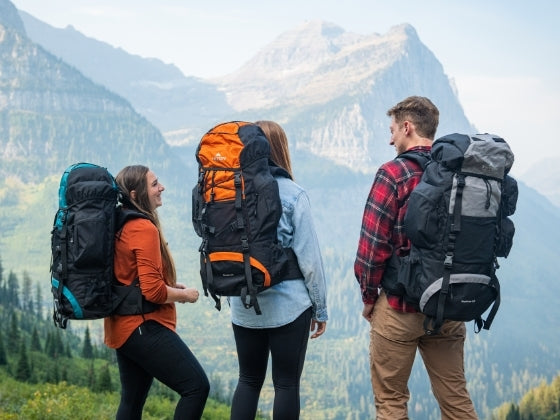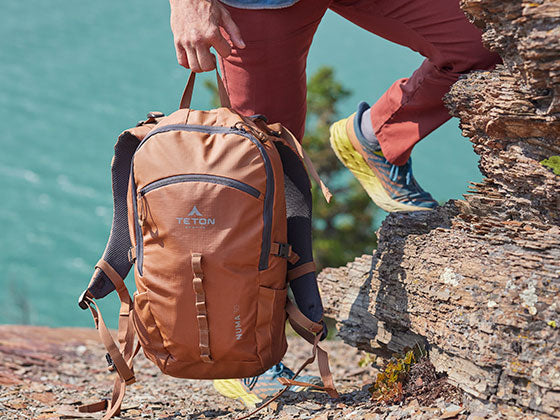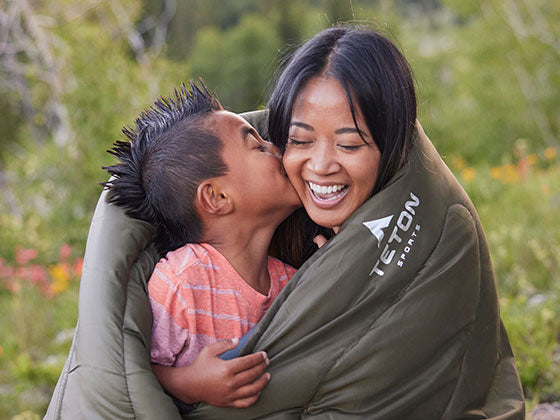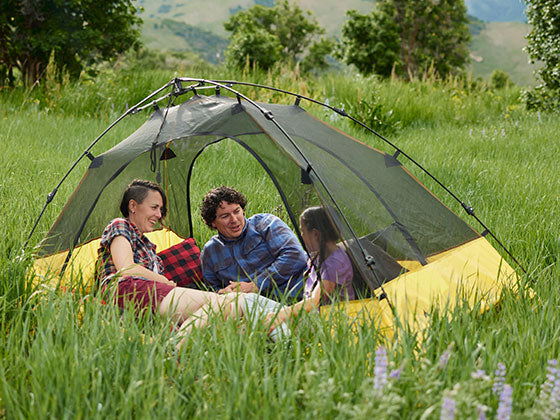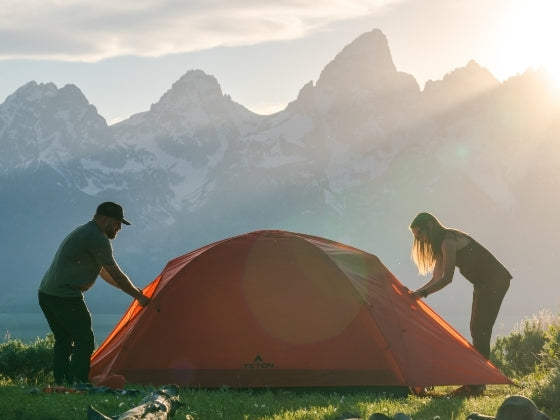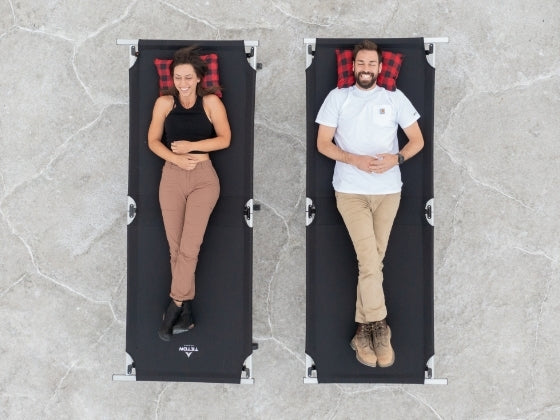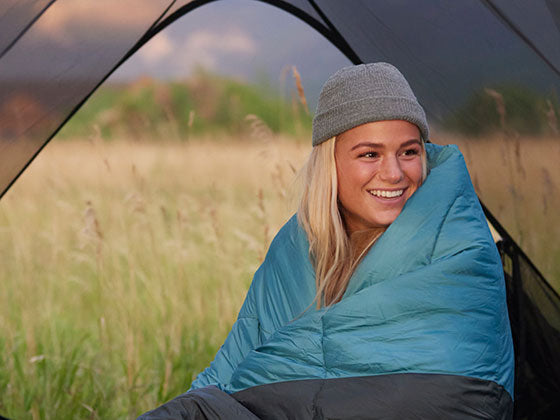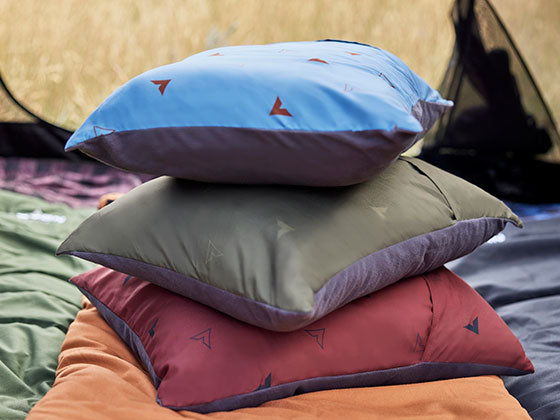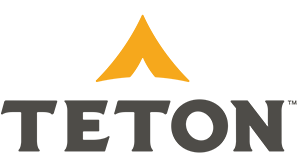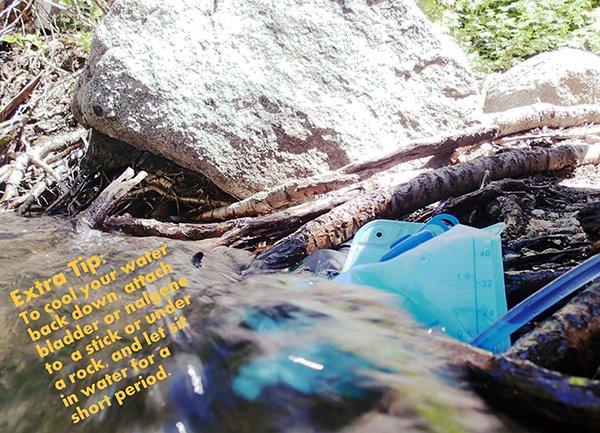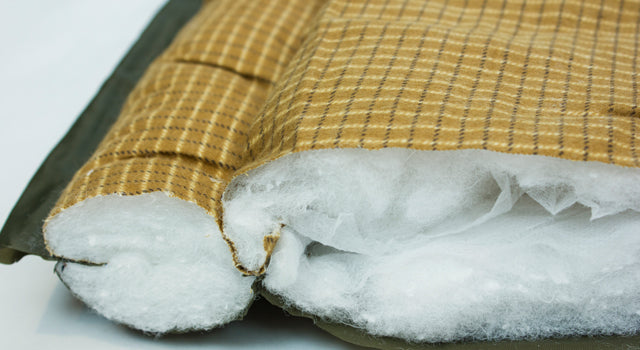This is probably the most important question that a lot of us hikers ask ourselves. It may seem obvious or that there is a science to it. Google the title of this article and see what I mean. I think though there really isn’t a science, more so of personal preference and what you are capable of handling. That being said, there are general parameters that I follow whenever I hike here in Utah.
As an example, I went hiking today and tracked how I used and rationed my water throughout my hike here in Utah. I also decided to do it on one of the hotter days of this year so far at the hottest part of the day.
Date: 6.7.13 Temperature: 91 degrees Time: 12:02pm to 3:45pm (30 mins for lunch) Where: Bells Canyon (Lone Peak Trail) Distance: 5.2 miles Person: 25 years old, 6’0”, 165 lbs, Active, prefers Winter
Before even starting a hike, short or long, I like to drink half a Nalgene of water and some sort of salt with whatever meal I’m on. Salt helps the body absorb water better, and prevents muscle cramps; two largely important factors while hiking. For a more scientific fact, it generates hydroelectric energy in your body’s cells, to a point, kick starting them before you get moving. Finally, it’s always easier to carry water that is inside of you than in your pack. Plus you will stay hydrated longer into the hike so you don’t have to bring as much with you. For this predicted 4 hour hike, I brought a two-liter bladder and a 27oz water bottle. What I like to do is drink from the bladder because of easy access, and refill it with the extra water bottle. By the top of the trail I like to have at least half of what I had going up.
Going up, I used 2 liters exactly. Unfortunately, I screwed up and had less than one liter coming down. I did drink half of my 27oz water bottle while sitting on top for lunch, and once I hit the car it wasn’t a terrible, heat exhaustion feeling, but a little more water wouldn’t have hurt. The hike itself is a mix of mellow and hill climbs. I would say that the majority of it is uphill but not too steep for when you come back down, it’s not technical. So how can this story correlate how much you bring on your next day hike? If you’ve been hiking before, then base it on past experience and try to have half of what you have going up. For the person who never hikes, there are a few things to take into account: fitness level, the difficulty of the hike (elevation gain), temperature, experience and what you did last night. I think it’s fairly self-explanatory but if your fitness level isn’t as high as someone doing something at least 3 times a week, then plan on bringing a little extra water. If it’s a difficult hike with high temperatures, bring a little extra. Experience is a big factor in this as well. If you know what you have done on other hikes that are equal in length, elevation, etc you should be able to gauge how much to bring.

